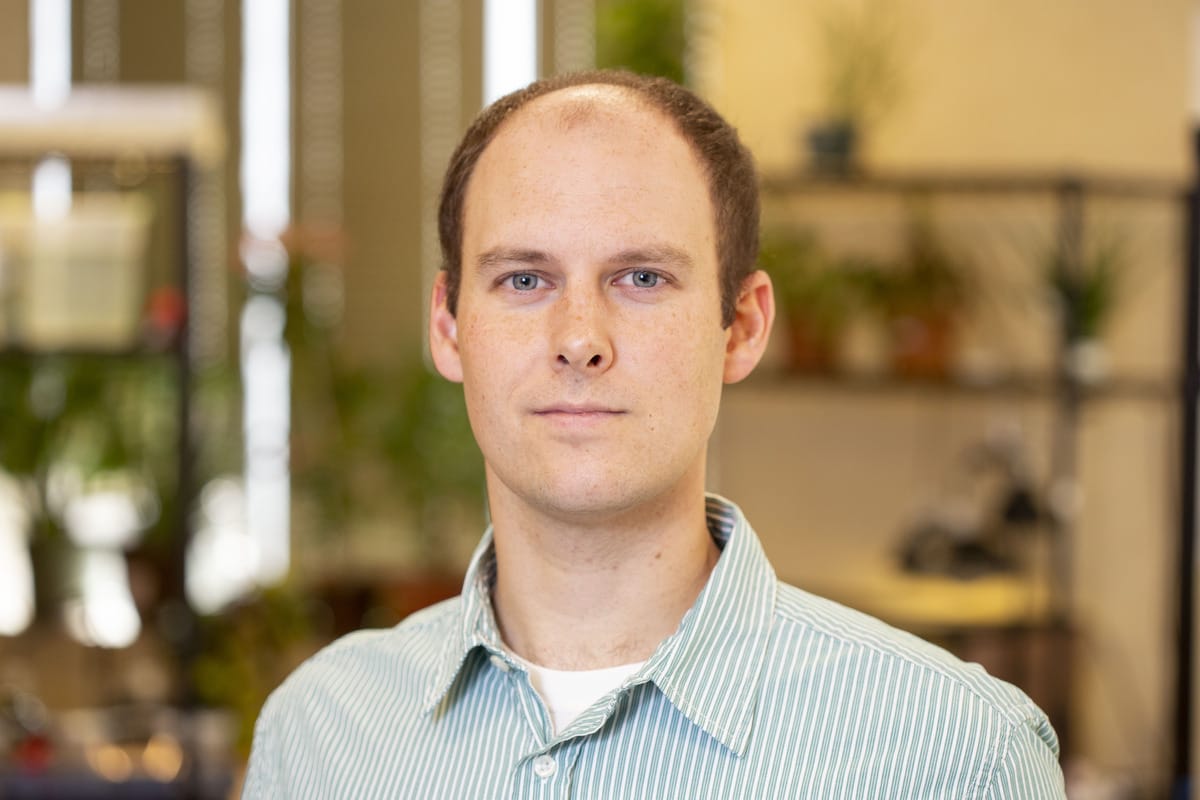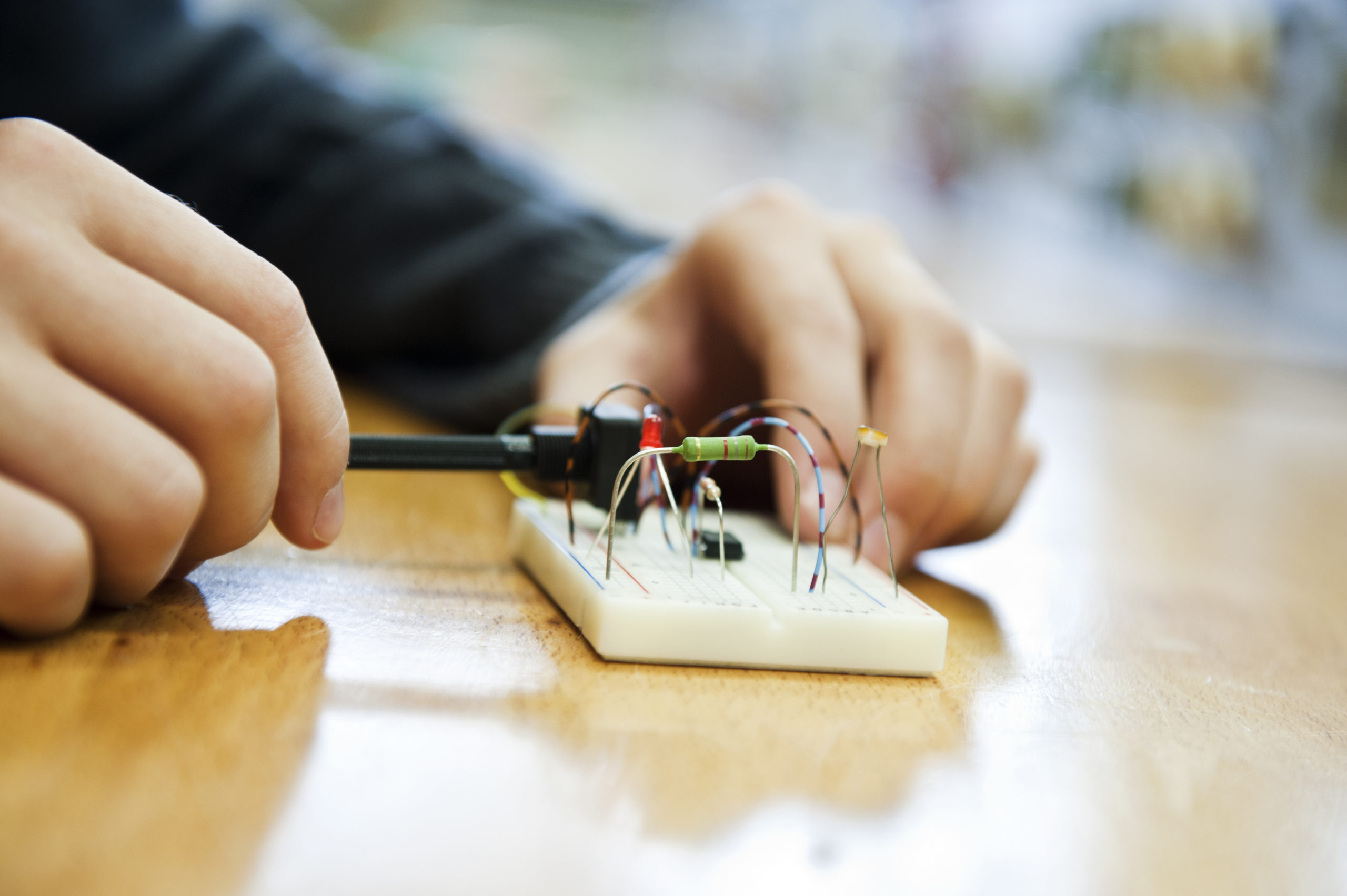We do a lot of work with STEM learning at VAI. Nearly every day, groups of students join us virtually or in-person to learn about some new aspect of education. We have afterschool cohorts that explore species and ecosystems. Summer camps where students act as crime scene investigators, and even provide field trips where students immerse themselves in engineering challenges with robots. If that sounds like a lot of fun, it’s because it is.
STEM learning has become a big part of K-12 education, and there are countless ways to make it fun. But how can we be sure the activities students are participating in will also equip them for the future? It’s important to make a lesson memorable, and exciting experiments can do just that, but they need to be meaningful as well. So, where do we begin? How do we ensure that the methodology behind our activities is being properly communicated?
A Few Things to Consider
The next time you have a free moment to sit down and assess your STEM program, here are a few questions to consider:
- Is the Learning Hands-on? We all know that most students don’t want to sit and listen to a lecture. They want to get involved and actively learn it. As you plan your next STEM experience, make sure to incorporate hands-on activities that engage every student. When hands are occupied with tools and tasks, minds will be actively thinking as well.
- Is Collaboration a Factor? We should always strive to make teamwork and essential part of STEM. After all, this is how it functions in the real world. A space shuttle cannot have a success launch without a team of scientists, mathematicians, and engineers working together. Nearly every employer wants people who get along, work together, and share ideas. Get kids prepared by introducing cooperation and collaboration early.
- Is There Room for Failure? Mistakes are an essential part of education. We learn through iteration. Trying, testing, failing, starting over with new data and new hypothesis. A good STEM experience takes this principle to heart by regularly sending students back to their work for reflection and refinement. Not only will this prepare them for the real world, but it will also foster perseverance.
- Is it Cross-Curricular? Every effective STEM program involves science, technology, engineering, and math (that’s what STEM stands for after all). However, it’s all too easy for these subjects to get siloed. Students will start to see them separately when all knowledge is interconnected. Good STEM show students how math can influence healthy nutrition. How science and vocabulary are tied together, and much, much more.
Mixing Wonder and Education
When a project or lesson answers these objectives in the affirmative, you can count on students retaining the information they learn. The world is changing at a rapid pace, and more careers now require a firm knowledge of STEM with a keen sense of creativity. When teachers effectively combine hands-on, iterative STEM experiences with student curiosity and creativity, the results can be incredible. So let’s get to work, there’s so much out there for our classrooms to discover!

